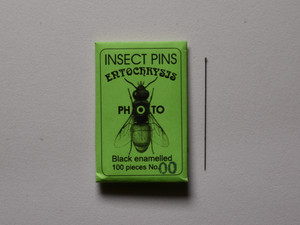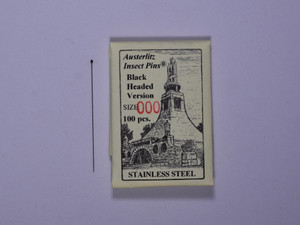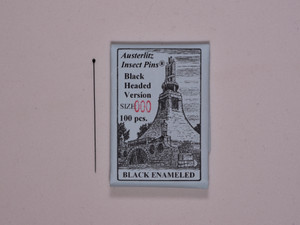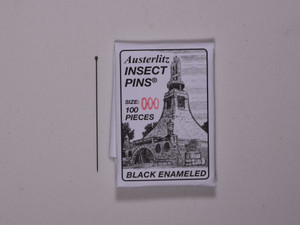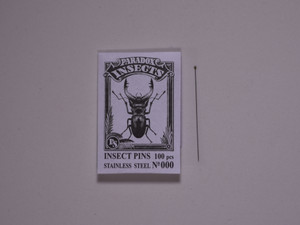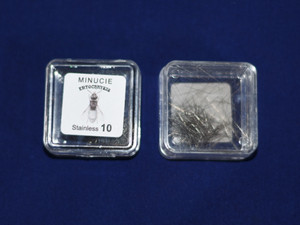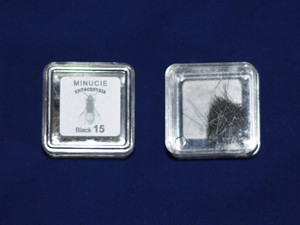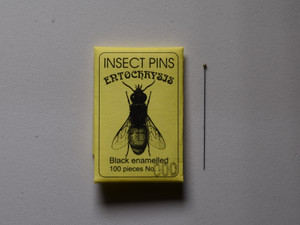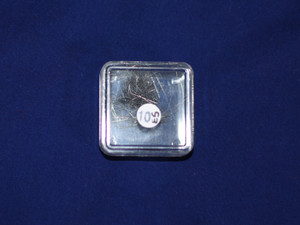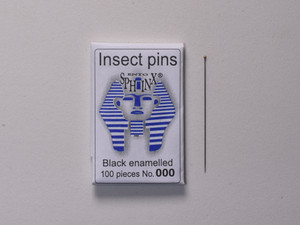Insect Pins
Preference for certain insect pins is highly individual! We provide pins from various companies, allowing you to find your favourite - it is our goal to have the largest selection of insect pins for you to choose from!
The best pin depends on climate and environment, and the desired longevity of the specimen.
Also, the ease with which the pin penetrates your specimen can be very important. Your specimens (and your fingers!) will choose for you!
If you don’t have a preference, keep in mind that these pins are all high quality and we are sure any of them will give you a very satisfying product for storage or display.
Pins come in packages of 100 pins, unless specified otherwise.
You will find a longer explanation and description of the various kinds of insect pins on our blog: https://mothandbeetle.com/blog/everything-you-need-to-know-about-insect-pins/
For more information about minutens, please see our blog: https://mothandbeetle.com/blog/everything-you-need-to-know-about-minutens/
Preparation Pins:
Preparation pins have various head colours, and the heads can be either plastic or glass. Not used for storage or display, these pins are intended for the manipulation of and positioning of the the specimen while it is drying.
Preparation pins look a lot like tailor's (dressmaker's) pins. However, they tend to slide in wood much more easily than tailor's pins. Which means they probably slide better in fabric, too.


